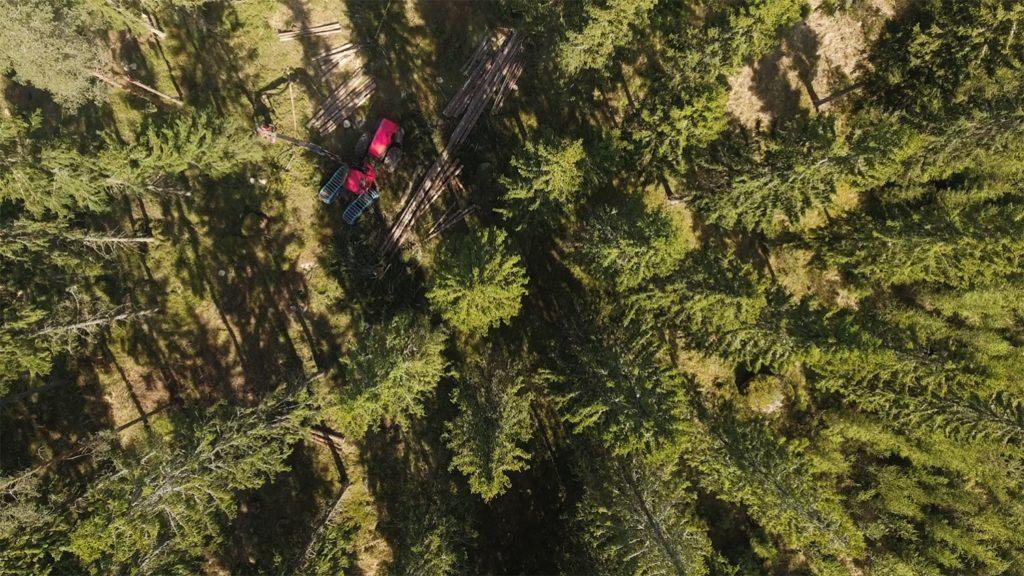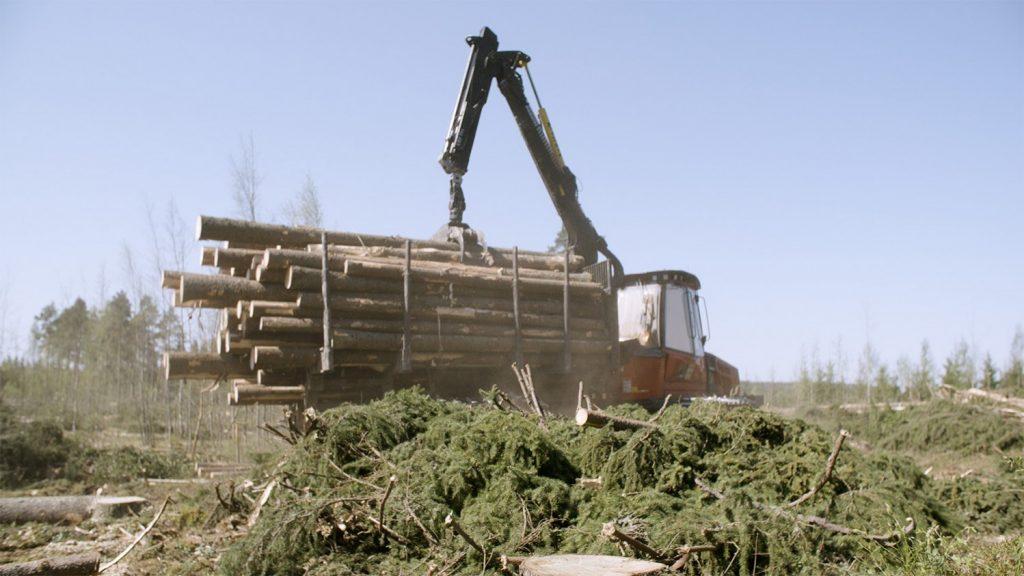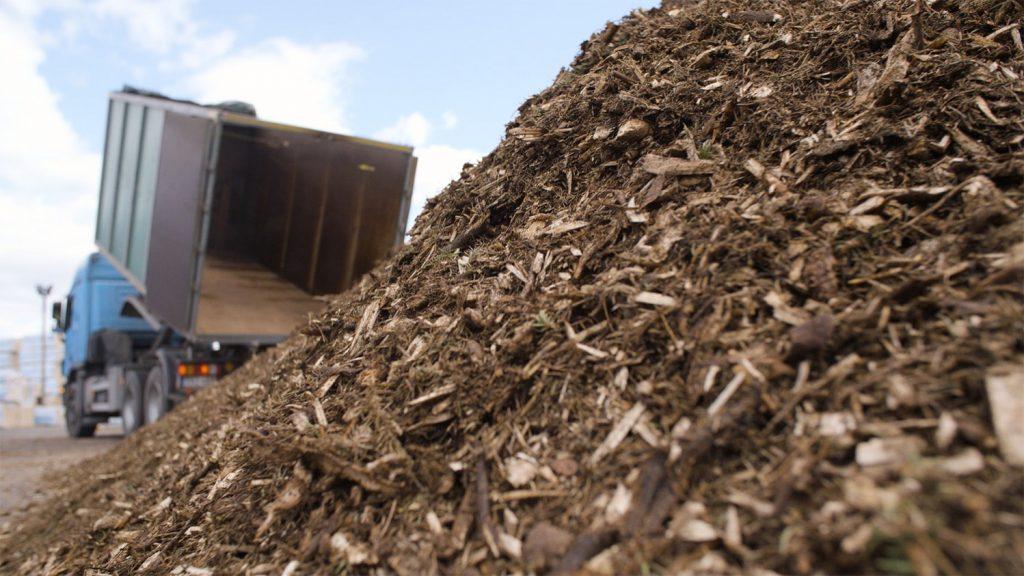
Koskisen wood procurement operations oversee the wood processing plants’ raw material supply by purchasing sawlogs in Finland. They are also responsible for the Group’s forests and manage forests for several private forest owners. Bioenergy has also become a major part of Koskisen’s business.
Koskisen processes energy wood, harvesting residues and wood processing by-products into wood chips, which are delivered in significant volumes to nearby heat and power plants to be used, for example, in the production of district heat, electricity and process steam. Wood processing by-products are also used as fuel in the power plants of Koskisen’s own mills; for instance bark from the debarking plant is immediately utilised in the drying of sawn timber. Furthermore, Koskitukki sells some of the bark as mulch for landscaping purposes.
“We have been reinforcing Koskisen’s energy wood organisation in response to the forecasted rise in demand for bioenergy. New biofuel-fired plants are being built as we speak, and we need to increase our efforts in this area,” says Koskisen’s Antti Leikas, who is in charge of energy wood procurement. Koskisen’s bioenergy business also employs Kaisa Erola, Operations Foreman, and Anna Tukonen, Harvesting and Transport Foreman. The team started working in its current composition at the beginning of 2019. Their tasks have been divided so that each biofuel customer has one contact person, who is in charge of fuel deliveries for the customer’s power plant or plants.
“We procure harvesting residues, such as branches and tree crowns, from final felling sites on a large scale. In addition to this, we supply small-diameter energy wood, such as aspen, and stems not suitable for use as pulpwood or sawmilling. Branches and crowns can be left in the forest if they are not utilised as energy. Nowadays they are, however, primarily collected when performing final fellings in spruce forests. The forest owner gets additional revenue, and the residues’ energy potential is utilised. The site is also cleaner after the felling, which makes regeneration work easier,” says Leikas, listing the benefits.
According to Leikas, utilising sidestreams is the responsible thing to do also in terms of the environment. “Our energy customers want to buy their fuel from as close by as possible. Our production plants and the related wood procurement operations are located in the heart of an area with growing bioenergy demand. With the power plants located in the vicinity, there is no need for long-distance fuel transport,” Leikas points out.
Erola says that Koskisen wants to increase its focus on energy wood and seek growth also in this way. “The bioenergy business is linked with all of the Group’s operations. Forest fuels play a major role in this, and all the businesses co-operate in this area.”

Biopower plant generates environmentally friendly district heat and electricity
Renewable raw materials are being used more and more, for example, in power plants and district heat production. Vantaa Energy has converted its old natural gas- and oil-fired power plant in Martinlaakso into a biopower plant. The biopower plant now co-generates more environmentally friendly district heat and electricity. “In addition to the biopower boiler, we still use coal and natural gas as fuel at the Martinlaakso power plant. The use of coal will be phased out by investing more in biopower and waste-to-energy power. By increasing the use of bioenergy, we can reduce the forecasted use of coal by 50%,” says Vantaa Energy’s Energy Management Manager Arto Nieminen.
As of the beginning of the year, the Martinlaakso biopower plant has used wood chips procured from nearby areas, for instance surplus wood chips and sawdust supplied by Koskisen, as well as waste pieces from Koskisen’s plywood production. According to Nieminen, Koskisen supplies around a quarter of the biomass boiler’s fuel requirement, and he says that Koskisen’s deliveries have been smooth so far this year.
Vantaa Energy plans to stop using coal altogether in the 2020s by increasing the use of renewables and other carbon dioxide-free energy production. The cities of Vantaa and Helsinki, which own Vantaa Energy, have set the target of being carbon neutral by 2035, and Vantaa Energy avidly supports this target.
According to Leikas, Koskisen is also ready to help in achieving these targets. “The general trend is to get rid of coal, and biofuels are a part of the solution. We have been active in the bioenergy market long enough to have earned a reputation as a reliable fuel supplier.”
